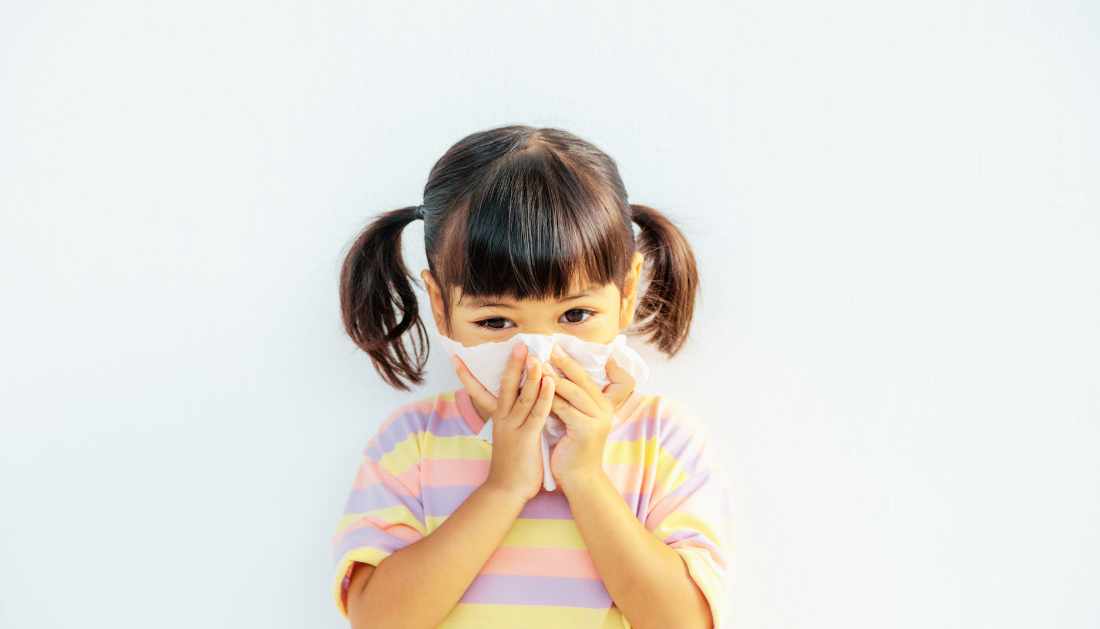

A recent study published in IJID Regions reveals that emerging human metapneumovirus (hMPV) strains, specifically A2.2.1 and A2.2.2, are contributing to a rise in respiratory infections among young children. This research highlights the genetic diversity, seasonality, and evolving nature of these viral strains, emphasizing their impact on public health and the urgent need for ongoing surveillance.
Acute respiratory infections are a leading cause of illness and mortality among children under five, especially in low- and middle-income countries. Among respiratory viruses, hMPV stands out as a significant contributor, causing upper and lower respiratory tract infections.
The study, conducted in Puducherry, India, analyzed 4,519 nasopharyngeal samples collected between January 2021 and June 2024. Researchers used RT-PCR and genetic sequencing to identify hMPV strains and their mutations. During an outbreak from November 2022 to March 2023, hMPV accounted for 43.1% of pediatric respiratory cases, with infections peaking in December and January.
Most cases were observed in infants under one year, with common symptoms including wheezing, flu-like symptoms, and respiratory distress. Severe cases progressed to pneumonia or bronchiolitis, with a male-to-female infection ratio of 1.8:1.
Genetic sequencing revealed that 91.89% of cases belonged to genotype A, predominantly the A2.1 sub-lineage, while 8.11% belonged to genotype B. The emergence of A2.2.1 and A2.2.2 lineages was noted for the first time in India. These novel strains exhibited significant amino acid substitutions (e.g., G42V, E96K, M250R) and unique O-linked glycosylation patterns, potentially enhancing their ability to evade immune responses.
The study also observed site-specific evolutionary pressures driving these mutations, with co-infections with other respiratory pathogens being relatively rare.
The findings align with global trends but emphasize regional variability in seasonality and infection patterns. Researchers stress the importance of continuous surveillance, genetic monitoring, and international collaboration to track hMPV evolution, guide vaccine development, and develop targeted public health strategies to reduce the disease burden.
With rising infection rates and the discovery of novel lineages, this study serves as a critical call to action for enhanced disease surveillance and improved intervention strategies against hMPV infections.
More Information: Devanathan, N., Philomenadin, F. S., Panachikuth, G., Jayagandan, S., Ramamurthy, N., Ratchagadasse, V. R., Chandrasekaran, V., & Dhodapkar, R. (2025). Emerging lineages A2.2.1 and A2.2.2 of human metapneumovirus (hMPV) in pediatric respiratory infections: Insights from India. IJID Regions, 14, 100486. DOI: 10.1016/j.ijregi.2024.100486, https://www.sciencedirect.com/science/article/pii/S2772707624001553
more recommended stories
 T-bet and the Genetic Control of Memory B Cell Differentiation
T-bet and the Genetic Control of Memory B Cell DifferentiationIn a major advancement in immunology,.
 Ultra-Processed Foods May Harm Brain Health in Children
Ultra-Processed Foods May Harm Brain Health in ChildrenUltra-Processed Foods Linked to Cognitive and.
 Parkinson’s Disease Care Advances with Weekly Injectable
Parkinson’s Disease Care Advances with Weekly InjectableA new weekly injectable formulation of.
 Brain’s Biological Age Emerges as Key Health Risk Indicator
Brain’s Biological Age Emerges as Key Health Risk IndicatorClinical Significance of Brain Age in.
 Children’s Health in the United States is Declining!
Children’s Health in the United States is Declining!Summary: A comprehensive analysis of U.S..
 Autoimmune Disorders: ADA2 as a Therapeutic Target
Autoimmune Disorders: ADA2 as a Therapeutic TargetAdenosine deaminase 2 (ADA2) has emerged.
 Is Prediabetes Reversible through Exercise?
Is Prediabetes Reversible through Exercise?150 Minutes of Weekly Exercise May.
 New Blood Cancer Model Unveils Drug Resistance
New Blood Cancer Model Unveils Drug ResistanceNew Lab Model Reveals Gene Mutation.
 Healthy Habits Slash Diverticulitis Risk in Half: Clinical Insights
Healthy Habits Slash Diverticulitis Risk in Half: Clinical InsightsHealthy Habits Slash Diverticulitis Risk in.
 Caffeine and SIDS: A New Prevention Theory
Caffeine and SIDS: A New Prevention TheoryFor the first time in decades,.

Leave a Comment